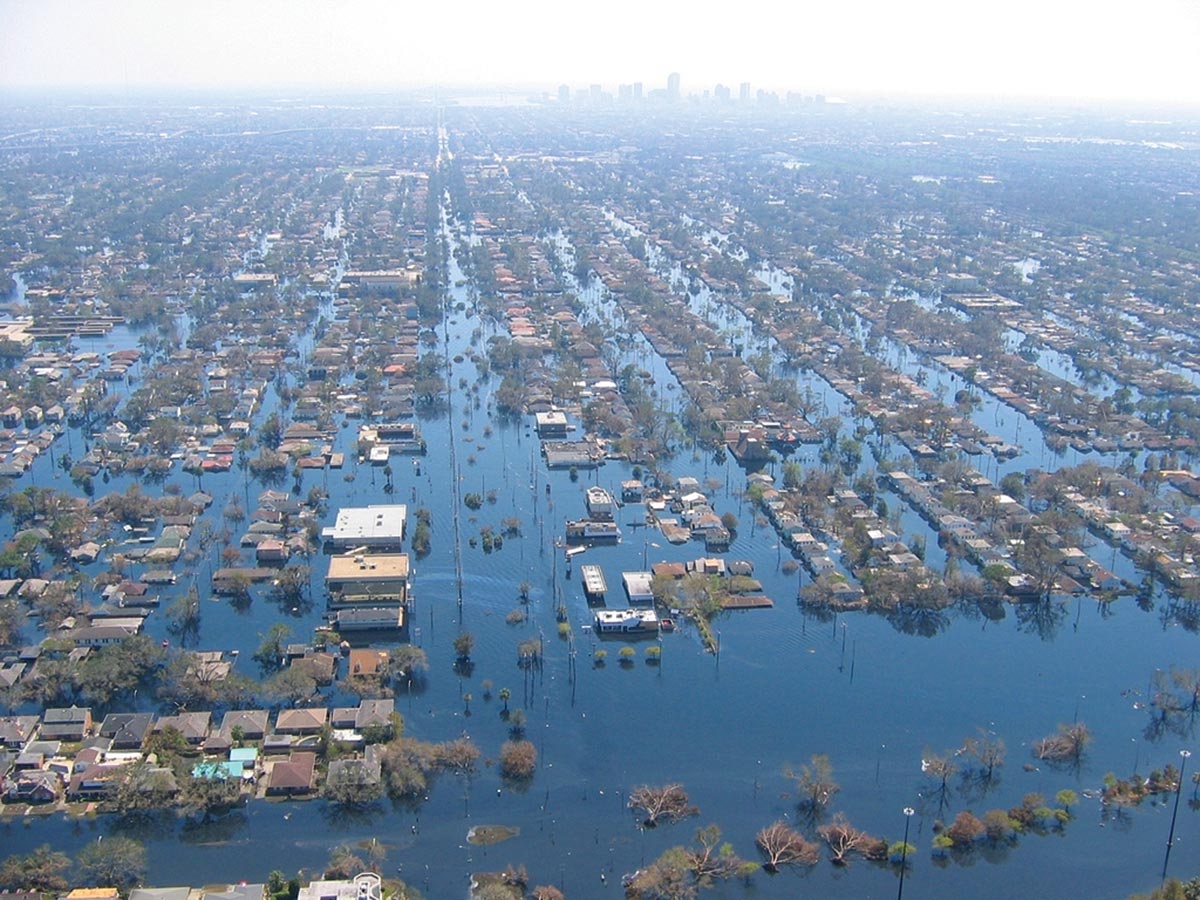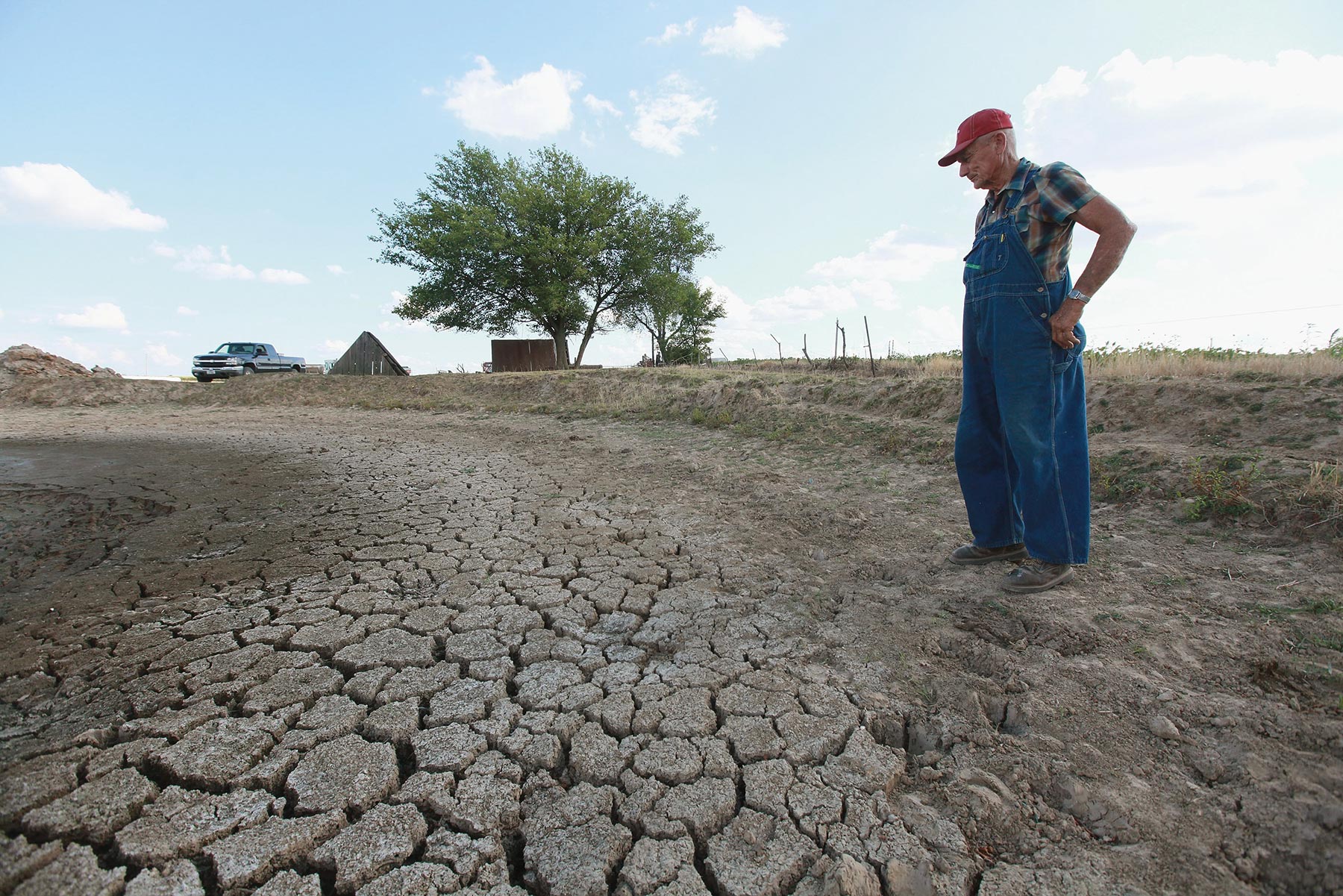Introduction
Climate change is already affecting societies and the natural world. Climate change interacts with other environmental and societal factors in ways that can either moderate or intensify these impacts. The types and magnitudes of impacts vary across the nation and through time. Children, the elderly, the sick, and the poor are especially vulnerable. There is mounting evidence that harm to the nation will increase substantially in the future unless global emissions of heat-trapping gases are greatly reduced.


















